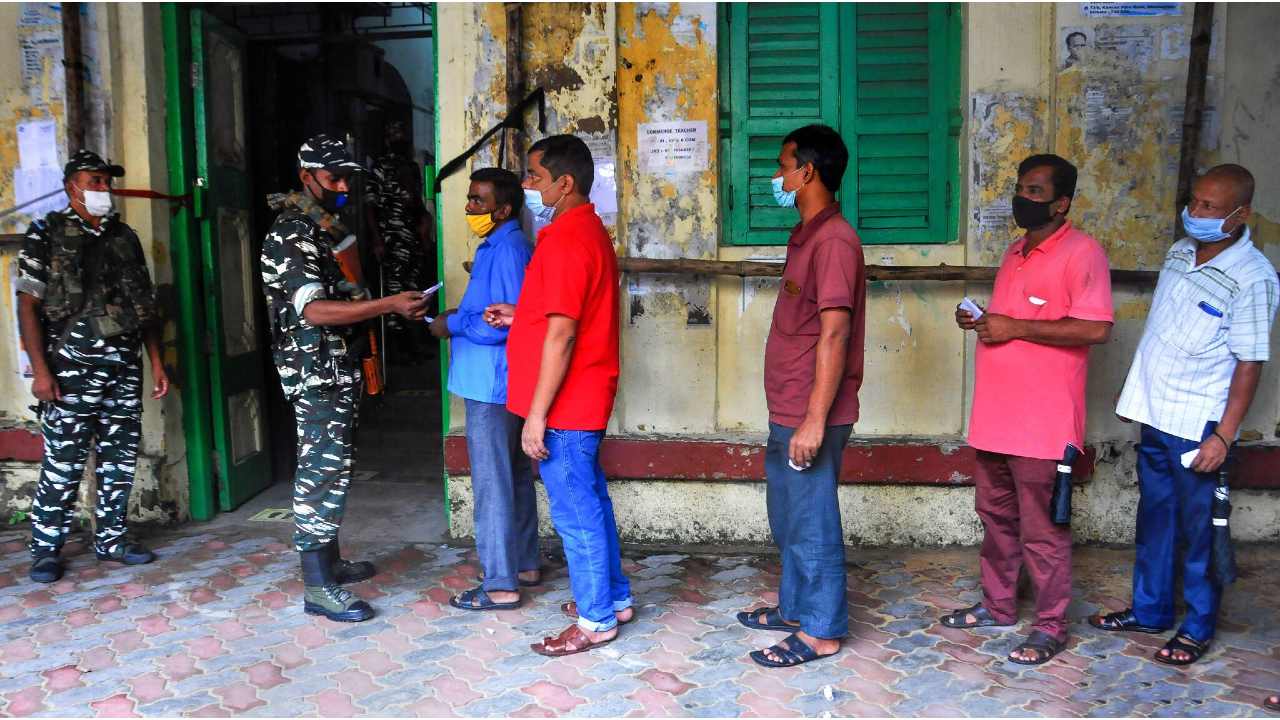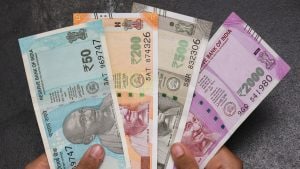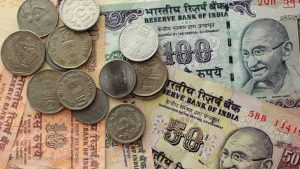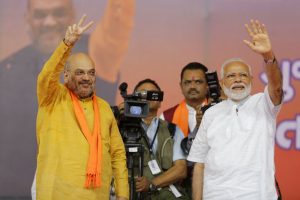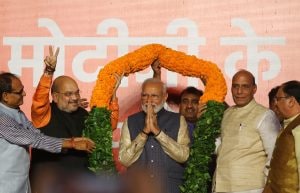How accurate are exit polls? Will it be a clean sweep for BJP in UP and AAP in Punjab?

KV Prasad Jun 13, 2022, 06:35 AM IST (Published)
 Listen to the Article (6 Minutes)
Listen to the Article (6 Minutes)
Summary
The exit polls for these states were released on March 7, and as usual they have divided opinions.
Cometh the elections, cometh the exit polls. The buzz of exit polls has become synonyms with every state and general election. The moment an election is declared over, people curiously turn on their TV sets and scroll the web, to satiate their curiosity. Within hours the numbers come tickling in keeping people absorbed in the election cycle until the actual counting begins in a few days.
The exit polls have become an important part of India’s election cycle. But over the years, the idea of exit polls have also left political experts and opinion makers divided about their merits and demerits.
Some people who strongly defend exit polls say that the exit polls have the ability to predict an election result more or less accurately— as very often they have.
But there have been times when the numbers predicted by the exit polls have been hardly true. To some extent, the numbers have been exactly opposite to the actual outcome. This fuels people’s suspicion of the idea of having exit polls.
So where does the truth lie?
Predictions this time around
Before we delve into this aspect, let us take a quick look at what the exit polls have to say this time around. Five states— Uttar Pradesh, Punjab, Goa, Uttarakhand and Manipur— went to the polls in a multi-phase election. The results for these states would be declared on March 10.
The exit polls for these states were released on March 7, and as usual, they have divided opinions. Most exit polls forecast a clear majority for the Bharatiya Janata Party (BJP) in Uttar Pradesh. These exit polls see Aam Aadmi Party (AAP) storming into power in Punjab.
The exit polls have given an edge to the saffron party in Uttarakhand and Manip. Many exit polls have also predicted a tight contest between the BJP and the Congress-led alliance in Goa, leading to a hung Assembly.
All this has led to intense post-exit-poll maneuvering and public statements from politicians either welcoming the predictions or rejecting them as flawed.
Also Read: BJP on pole in UP, Manipur; tight race in Uttarakhand, Goa; AAP ahead in Punjab
Accepting or rejecting exit poll numbers by politicians is not new.
Every year is an election year in India, and with an election comes exit polls. These exit polls are conducted by several agencies. The idea of exit polls is to predict the outcome of an election and hope that the survey is close to the actual scenario.
But the perennial question still remains. How many of such exit polls have actually managed to provide an accurate picture over the years?
When the pollsters got it right
One of the recent examples of the exit polls having the last laugh was the 2014 Lok Sabha elections, when most predicted a change of winds at the Centre, with the BJP-led National Democratic Alliance (NDA) storming to power.
News24-Today’s Chanakya was one of the polls that came closest to predicting the exact numbers. According to them, the NDA would bag 340 seats and the Congress-led United Progressive Alliance (UPA) would languish at 70. The results of the election were surprisingly similar. The NDA had secured 334 seats while the UPA had won a mere 60 seats. News24-Today’s exit poll had nearly hit the bull’s eye.
2021 predictions: Left retains power in Kerala, TMC in West Bengal
Consider, also, the 2021 Assembly elections in Kerala, West Bengal, Tamil Nadu, Assam, Puducherry and Mizoram. The exit polls were not far from the truth when they predicted that the Left Democratic Front (LDF) would retain power in Kerala while Mamata Banerjee-led Trinamool Congress would trump the BJP’s high-octane contest.
Today’s Chanakya’s predicted numbers had again come close to the actual result in West Bengal. The exit poll had predicted between 169-191 seats for the ruling TMC and between 97-119 for the BJP. Come the results day, the TMC won 213 seats while the BJP managed to secure 77 seats. While some of the other exit polls had also predicted a TMC win, but their numbers were far from accurate in terms of the actual seats won by the two parties.
Also Read: BJP in UP, AAP likely in Punjab: Political analysts decode exit poll readings
The same was the story in Kerala. Chanakya had envisioned between 93-111 seats for the LDF, and 36-44 for the United Democratic Front (UDF). The LDF managed to secure 99 seats in the 140-member Assembly, while the UDF 41.
In Assam, and Tamil Nadu, meanwhile, almost all the pollsters had got their prediction right, although, in Tamil Nadu, most had pinned the DMK-led alliance’s seats higher than what it eventually got.
2019: Got it right for the Big One; Not-so-lucky for State polls
The pollsters had more or less got it right with the 2019 Lok Sabha polls. The News18-IPSOS survey had predicted 336 seats for the BJP-led NDA and 82 seats for the Congress-led UPA while the India Today-Axis Poll had predicted between 339-365 seats for the saffron alliance.
Both the surveys proved correct. The NDA had retained power at the Centre with a thumping majority of 353.
A few months later during Maharashtra and Haryana state elections, the major survey agencies and news organisations had predicted a big win for the BJP and its respective state allies.
That was not to be though. As the post-result wrangling to form a government in both the states went on to display.
To be fair, in Maharashtra, the pollsters were not widely off-the-mark. It is just that they had not predicted the political drama and tussle between pre-poll allies Shiv Sena and the BJP, that would ensue. And in a bizarre turn of events, Shiv Sena broke away from BJP and came together with Nationalist Congress Party and Congress to form a post-poll alliance and form the government.
Goa Assembly Election: Parties formulate post-result strategies; BJP, Congress woo MGP
… And when they got it wrong
But these exit polls have got it wrong too. Most memorably back in 2004, when the Atal Bihari Vajpayee-led NDA government had dissolved Lok Sabha to face elections eight months before the end of its term. NDA’s confidence was due to its success in Madhya Pradesh, Rajasthan and Chhattisgarh Assembly elections, and the exit polls which followed the dissolution of the Lok Sabha bolstered the view that the alliance would be well on its way to retaining power.
At the time, India Today had predicted 330 seats for the NDA, while other polls predicted that the NDA would get somewhere around 270 seats. But then the elections happened, and on the fateful day that the results started to trickle in, it became clear that the pollsters had got their numbers horribly wrong. Not just in terms of the number of seats, but also, in fact, the result: the UPA stormed to power, while the NDA, which the pollsters had predicted would manage to reach the majority mark, had ended up polling only 181 seats.
UP Exit Poll Results: Exit polls indicate BJP retaining Uttar Pradesh with clear margin
More recently at the time of the 2017 Punjab Assembly polls, when the pollsters had predicted massive support for AAP, is also an example of how exit polls can be way off the mark. For instance, the Aaj Tak-Axis exit polls gave 18-22 seats to BJP+SAD, 56-61 to the Congress and between 36-41 to AAP while the TV 24 News gave 20-25 seats to BJP+SAD, 27-35 to the Congress, and a thumping victory to AAP with 70-80 seats. But then, as things turned out, Congress had emerged as the uncontested winner, bagging 77 of the 117 seats. SAD-BJP had netted 18 seats while AAP had managed to bag 20.
The long and short of this is that exit polls are a tricky business. As we can see, they do get it right, but more often than not they can more accurately predict the way the wind is blowing rather than, say, the speed with which it blows.

Elon Musk forms several ‘X Holdings’ companies to fund potential Twitter buyout
3 Mins Read
Thursday’s filing dispelled some doubts, though Musk still has work to do. He and his advisers will spend the coming days vetting potential investors for the equity portion of his offer, according to people familiar with the matter

KV Prasad Journo follow politics, process in Parliament and US Congress. Former Congressional APSA-Fulbright Fellow



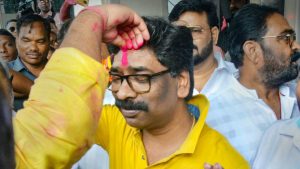






 Listen to the Article
Listen to the Article  Daily Newsletter
Daily Newsletter





